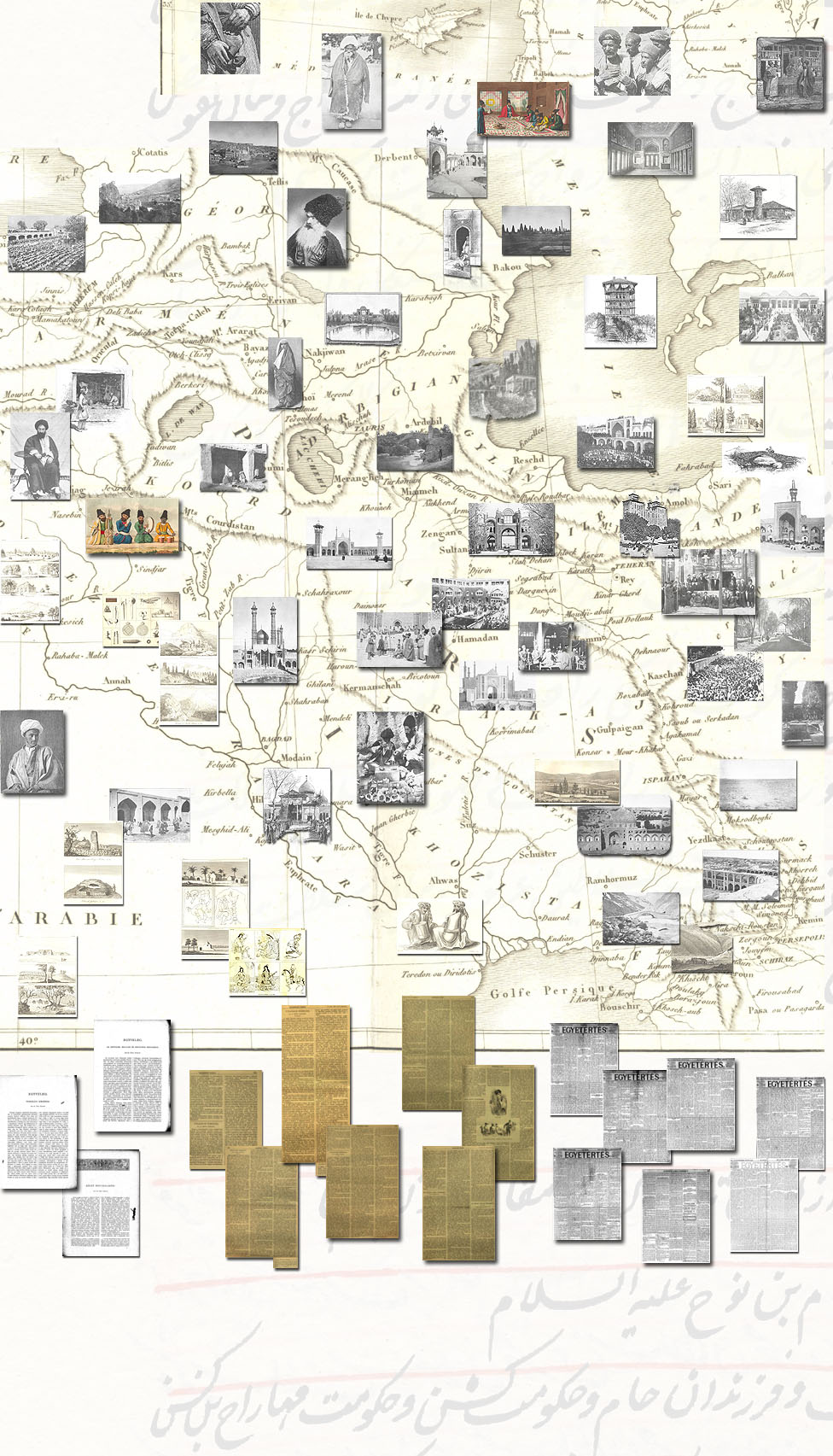 After
graduatinguniversity, on 1 October 1889 Alexander Kégl went to a study trip to
Tehran. His first stop was Constantinople, where he met the scientists
who were investigating there the Corvinas, the Renaissance manuscripts taken
away from Buda in 1541.
1
After
graduatinguniversity, on 1 October 1889 Alexander Kégl went to a study trip to
Tehran. His first stop was Constantinople, where he met the scientists
who were investigating there the Corvinas, the Renaissance manuscripts taken
away from Buda in 1541.
1
In the 8 days spent there he met the members of the delegation, including his former professor Ármin Vámbéry who provided him with various letters of recommendations. One of them, written in French, was addressed to Shah Nasr ed-Din (1848-1896) who during his European trip of 1889 also visited Budapest, 2 and whom Kégl met at the Academy on 27 August. After a long and difficult journey Kégl arrived at the Persian capital, Tehran, where he spent almost half a year. During this time he studied Persian literature as well as folk poetry and customs. This period was decisive in his later career. It was there that Kégl, who at the university studied Semitic philology as well as Persian, Turkish and Arabic language, became a veritable Iranist. His most important later publications were rooted in the sources collected here, and here he founded his library containing extremely valuable Persian manuscripts and lithographies.
In February 1890 he returned from Persia. His journey did not only have scientific results. His articles written for the general public in the journals Magyar Szalon, Egyetértés and Vasárnapi Újság presented everyday Persian life to Hungarian readers.
Alexander Kégl continued the collection of old and contemporary travelogues on Persia also after his return. The following map and the images showing the stations of his journey are without exception from his collection of travel literature.



